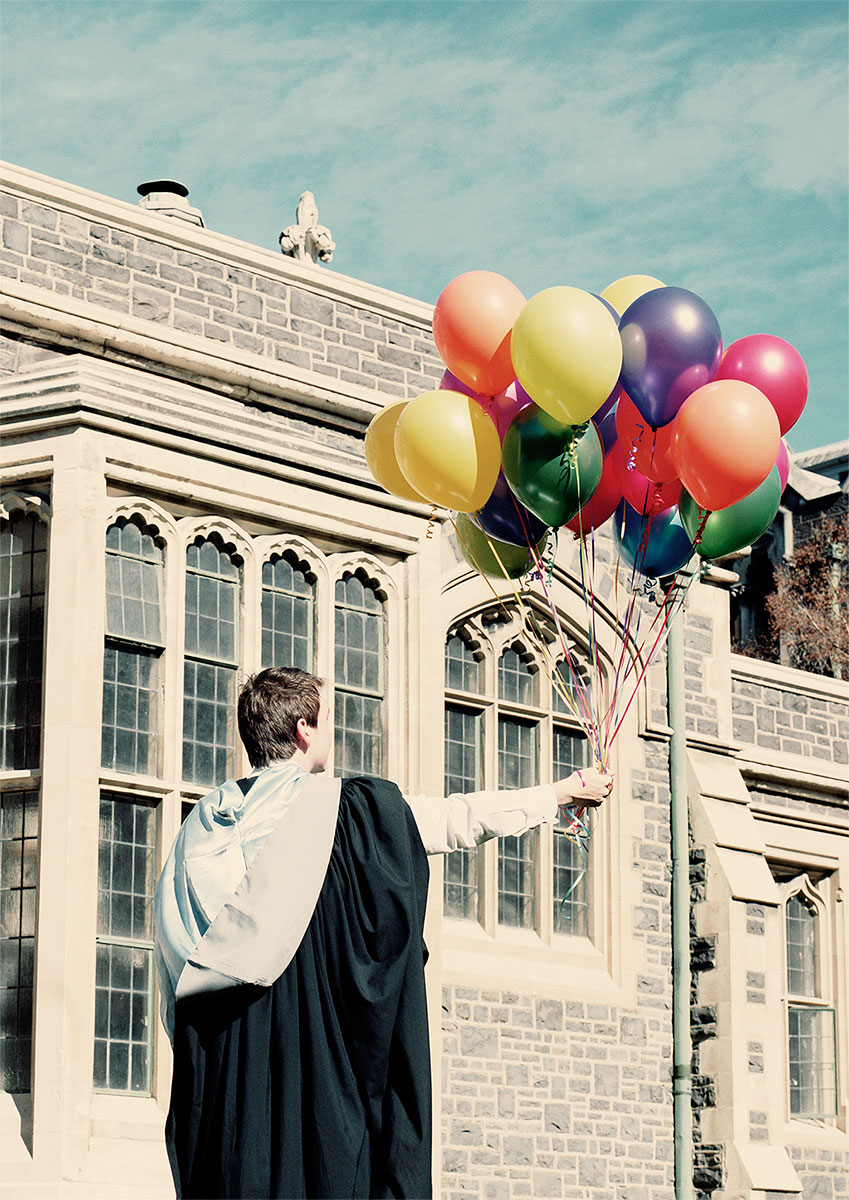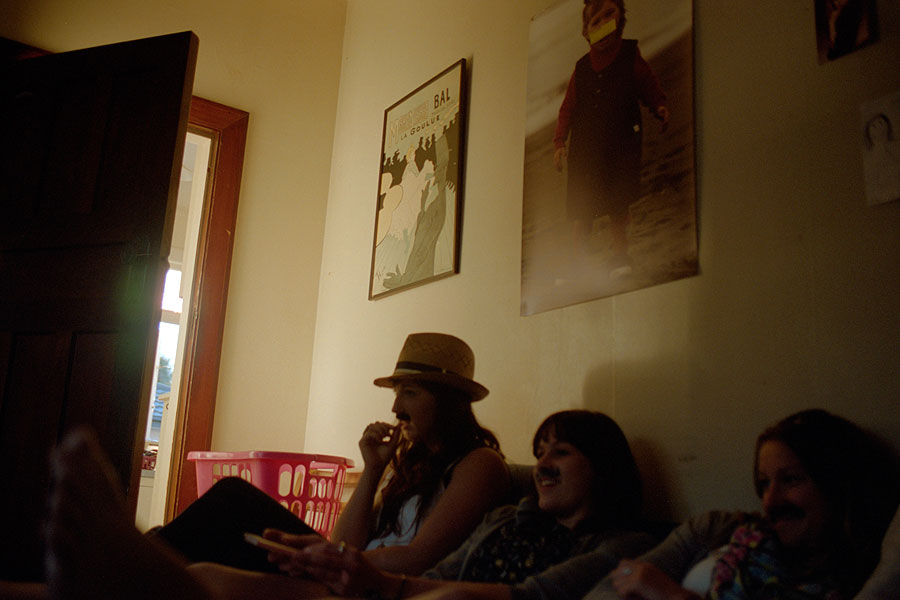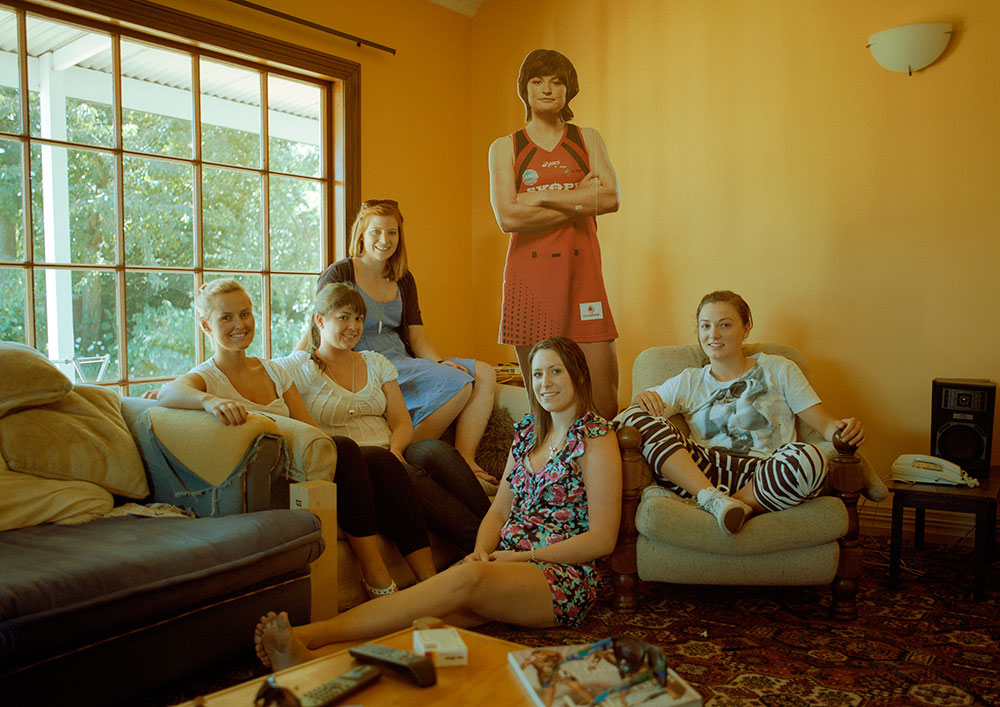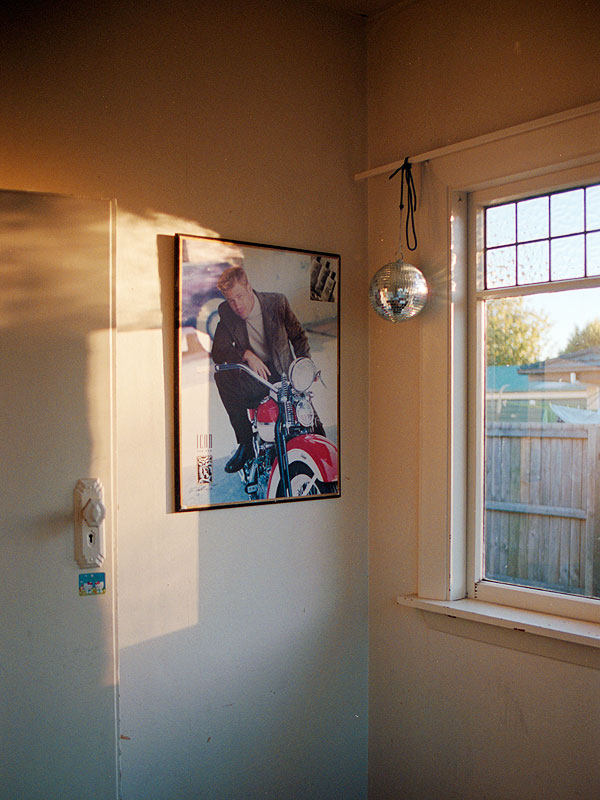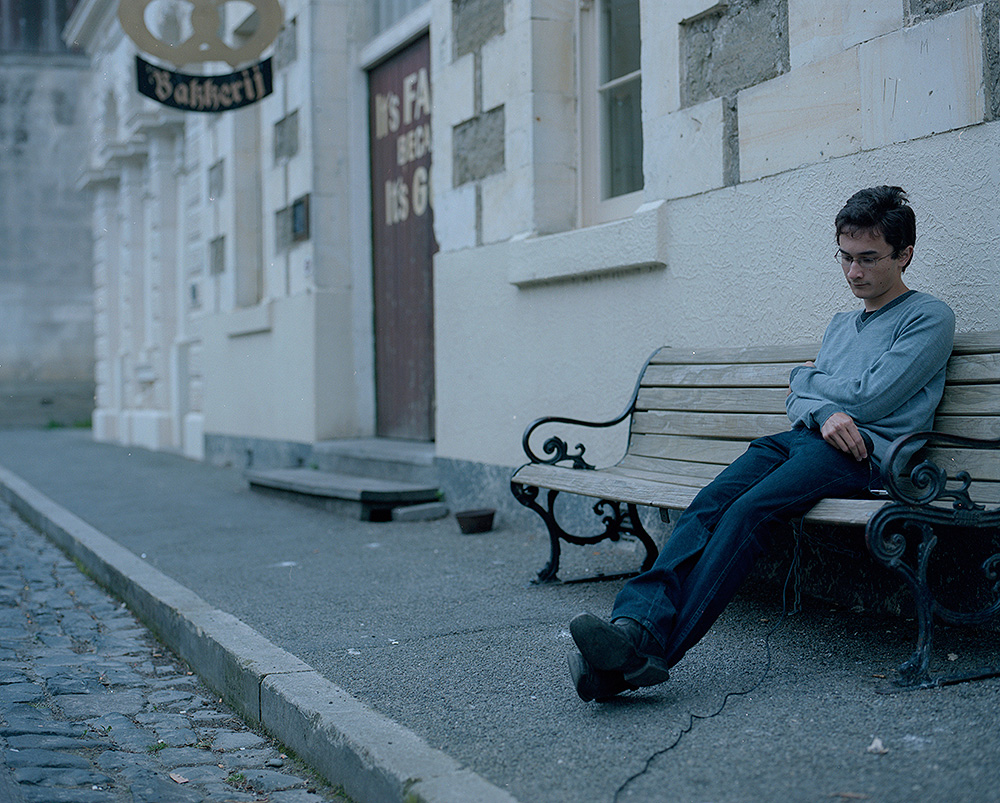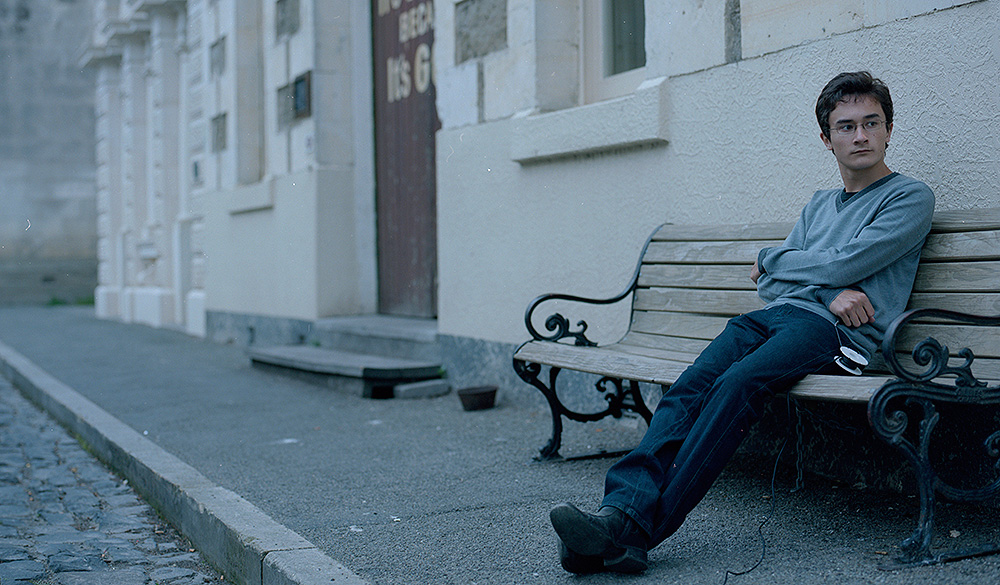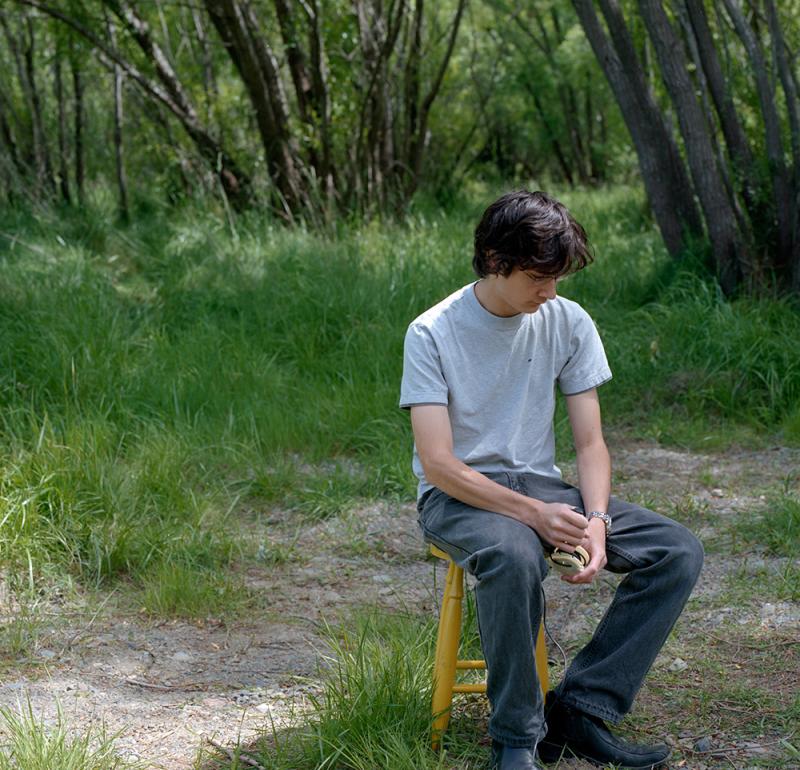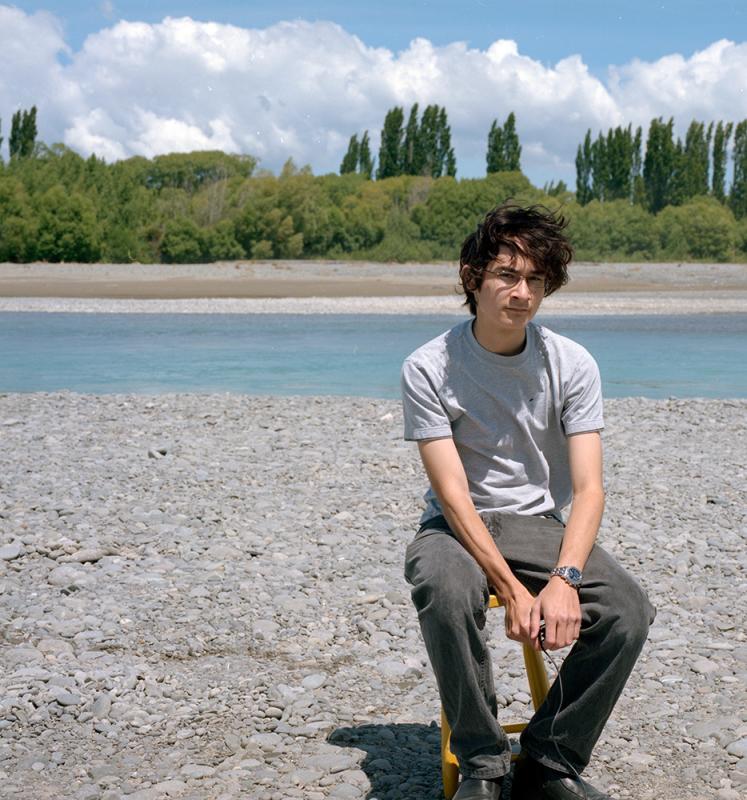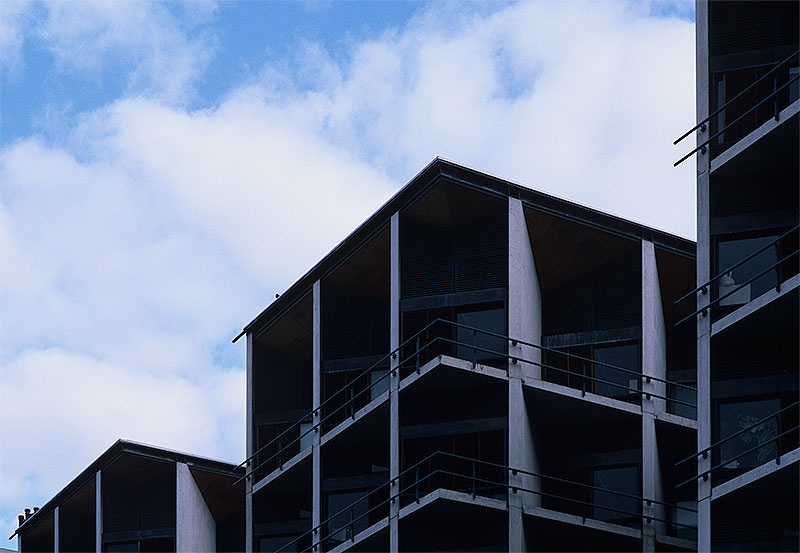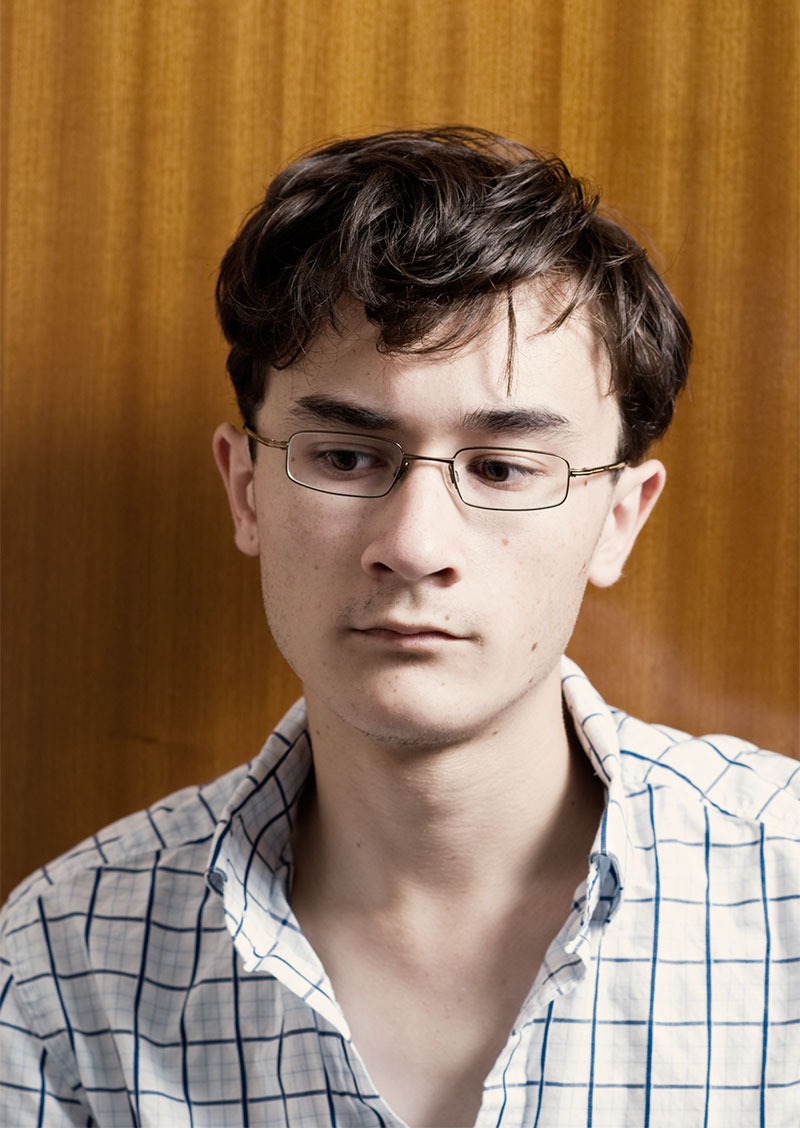The students at my university are back to lectures this week. We had a three week break, and it demolished what little rhythm I had accumulated in my studies. Having said that, I am a mere first-year student and I have not yet been introduced to the concept of hard work, and I imagine some other students would have welcomed the respite. Time off did give me the opportunity to begin researching artists who take group portraits. To start with, I have been looking at the work of Thomas Struth. I enjoy the objective style of some of the current German photographers, they can be impersonal at times, but this can be compelling, and gives viewers the opportunity to view the subjects without too much of a prior discernment by the photographer. In later posts I will discuss some ideas that I have learned about in my research.
This week, I allowed Canta magazine two options for their cover picture, for their 80th birthday issue. They used the first photo, I'm glad, I preferred it.
Thursday, April 29, 2010
Friday, April 23, 2010
Flat-Profiles - It's Official
This year, Canta magazine (from the students association at my university) started to conduct short interviews with student flats, and I'd take a photo to go with the text (the photo being the highlight, with a double page spread). We're there for an hour at the most, and I'd take between 5 and 10 pictures.
I'm officially starting to take a more serious and consistent approach to these flat profiles, because the opportunity is quite neat, and I could have some really cool pictures in a couple of years time. I'm starting to take extra photos of things around the flats that catch my interest, during these fleeting visits. People are distracted by the interviewer so the feeling is quite natural.
Sunday, April 18, 2010
From the Archives
This is part of a small body of work I produced last year at art school. I exhibited 10 captioned photographs on kodak metallic paper (captions on watercolour paper put through photocopier). This was complemented by a presentation of 80 mounted slides, which was programmed to show every 15 minutes (which was often left running overnight when I forgot to turn off the slide projector and computer controlling it).
I asked the people posing for these photographs to complete a short quiz that would identify their personality type. This idea came from the flurry of quizzes and tests that appeared on Facebook, which were dubious in quality. The results were surprisingly accurate, though I rewrote them to be a little more fitting, and to balance the positive and less positive aspects of the sitter's personalities.
I was quite proud of the lighting, these were taken in a studio with white walls. It took hours.
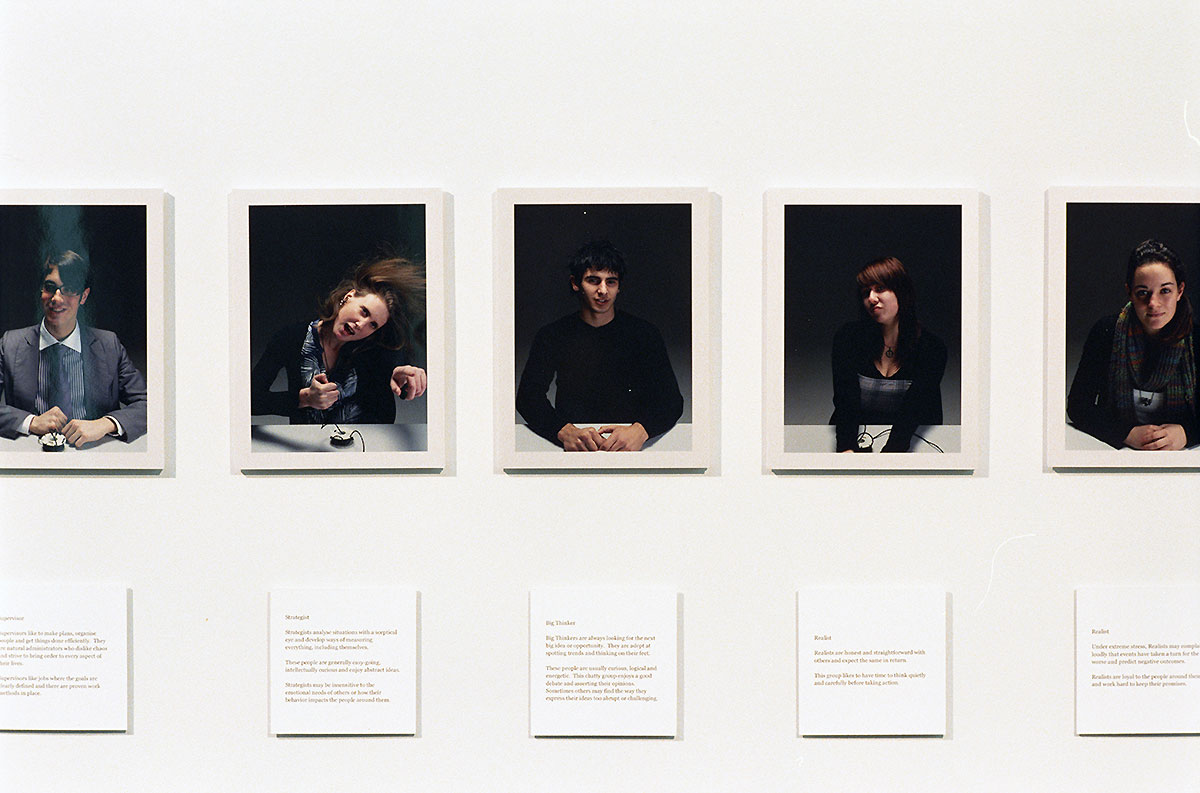
I asked the people posing for these photographs to complete a short quiz that would identify their personality type. This idea came from the flurry of quizzes and tests that appeared on Facebook, which were dubious in quality. The results were surprisingly accurate, though I rewrote them to be a little more fitting, and to balance the positive and less positive aspects of the sitter's personalities.
I was quite proud of the lighting, these were taken in a studio with white walls. It took hours.

INTERROGATION
Andy J. Tan
Intrigued by the way a person's appearance in a
photograph can reflect their character, the artist has
asked his subjects to complete 20-question quizzes to
determine their personality type. By doing this, the
artist hopes viewers will draw their own conclusions
regarding the results of the interrogation, deciding
whether the subjects' character is reflected in their
outward appearance.
Idealist
Idealists put time and energy into developing
personal values that they use as a guide through life.
They may seek fulfillment by helping others to
improve themselves and often want to make the
world a better place. Idealists only share their inner
values with people they respect.
They are typically easy-going and flexible, but if
their values are challenged they may refuse to compromise.
Friday, April 16, 2010
From the Archives
Architecture is one of those subjects that I enjoy, but don't understand. I often take photos of the inside and outside of buildings, and I like them, but it's difficult for me to figure out why I like the pictures. Buildings have lines and shapes that make them interesting, with symmetrical and asymmetrical aspects that change with our differing perspective, depending on where we're standing. Buildings can be appreciated in reality and in pictures, but often in pictures we isolate certain elements of interest, and we can eliminate the context that is the surrounding area.
HSBC Building (under construction), Christchurch
2008
Labels:
ARCHITECTURE,
FILM,
FROM THE ARCHIVES,
IDEAS,
PICTURES
Inception
More than a decade ago, blogging was the way of the future - it still is. I've had a few blogs that flamed out as soon as they were ignited, but this one is going to stay.
So here's my blog.
Wish me luck!
So here's my blog.
Wish me luck!
Subscribe to:
Posts (Atom)


